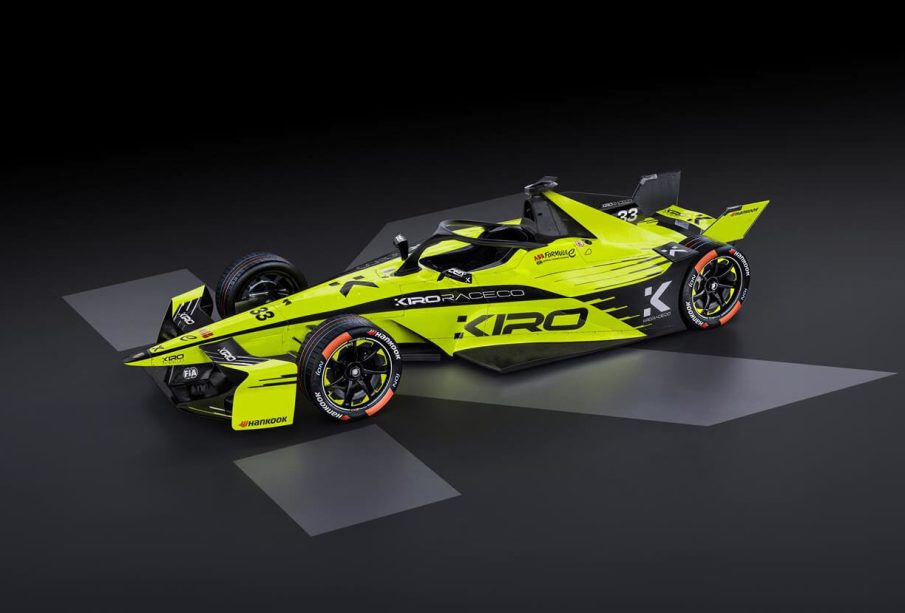Formula E: Revolutionising Electric Motorsport

Introduction to Formula E
Formula E is gaining attention as one of the most exciting developments in motorsport, with its unique focus on electric vehicles (EVs). Launched in 2014, this FIA-sanctioned series uniquely combines high-octane racing with a commitment to sustainability and innovation, making it particularly relevant amidst the global drive towards greener technologies. The series has attracted not just motorsport enthusiasts but also automotive manufacturers and tech companies eager to pioneer advancements in electric mobility.
Recent Developments in Formula E
The latest season of Formula E has seen a significant evolution in its regulations and technology. The Gen3 cars, introduced in the 2022-2023 season, feature improved performance metrics, boasting lightweight designs and up to 350 kW of power. This marks an impressive leap from previous models, allowing for even faster lap times and more competitive racing dynamics.
Recently, the Formula E series expanded its global footprint with races hosted in new cities, including Hyderabad and São Paulo. These locations not only enhance the series’ visibility but also promote the adoption of electric vehicles in diverse markets, creating a more substantial impact on local environments and economies.
The ongoing partnership between Formula E and major automotive brands, including Porsche, Nissan, and Jaguar, illustrates the series’ potential as a testing ground for electric vehicle technologies. By integrating these innovations into competitive racing, manufacturers can showcase their advancements and drive consumer interest in EVs.
Significance and Future Prospects
The significance of Formula E extends beyond entertainment. As concerns over climate change intensify, the motorsport serves as a catalyst for change in the automotive industry. It accelerates the transition towards sustainable mobility through cutting-edge technology and heightened public awareness of electric vehicles.
Looking forward, Formula E is poised to further influence the global shift toward sustainable practices in motorsport. With the increasing participation of prestigious automotive brands and the introduction of new technologies, the series can continue to play a vital role in enhancing the electric vehicle market. Its successful integration of sport, technology, and sustainability reflects a bold vision for the future of racing.
Conclusion
As Formula E continues to evolve, the implications for both motorsport and the automotive industry are significant. By championing electric vehicle performance, the series not only entertains fans but also provides a powerful platform for innovation, pushing the boundaries of automotive technology toward a sustainable future. For fans and stakeholders alike, the thrilling races promise increased excitement and engagement, underscoring Formula E’s role as a leader in the transition to sustainable racing.





